Why Gamify in the first place?
Let’s be honest. Keeping students engaged is one of the hardest parts of teaching English today. With so much instant entertainment from social media and tech, students get bored in class more easily than ever, and that’s a problem! With boredom, there’s no learning.
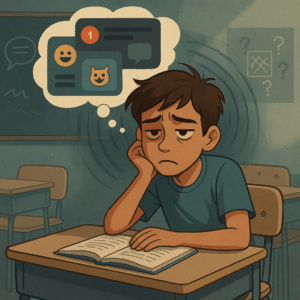
Fortunately, there are different strategies that teachers can use in class, one of them is Gamification. But hold on! Gamification isn’t just about fun. It can increase motivation, participation, and retention. Still, there’s a challenge: How do we make sure the knowledge gained through games actually sticks, especially when students face more traditional assessments like exams?
In this post, we explore how to use Quizlet, a powerful digital flashcard tool, to not only make your classes more dynamic, but also help students to retain what they learn, even after the game is over.
What is Quizlet and Why Use It?
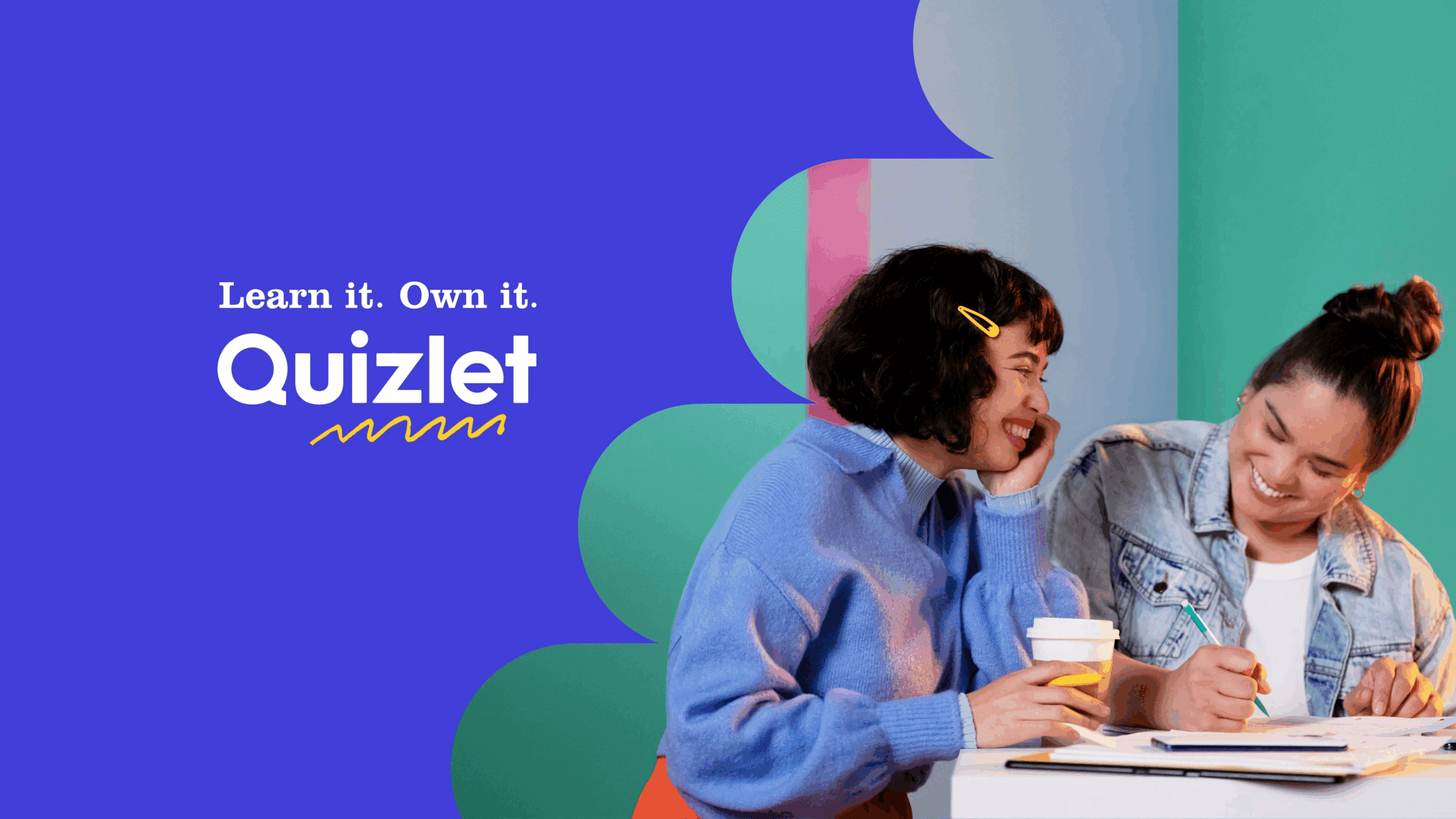
Quizlet is a platform that turns vocabulary, grammar, and content review into interactive games. Once you create or find a study set, students can:
- Learn through flashcards
- Practice with matching and spelling challenges
- Test themselves with multiple-choice quizzes
- Compete in games like Quizlet Live, Match, Blast and Blocks.
These features allow visual learning, competition, and self-paced progress, which are key ingredients for good learning. And the best part? Students may forget they’re studying.
If you ask me which game is my favorite, I would say Blocks, because it reminds me of Tetris, the classic block games. Here, students answer questions to earn block pieces. Place pieces on the grid to complete rows or columns and earn points. It’s simple, but it’s fun.
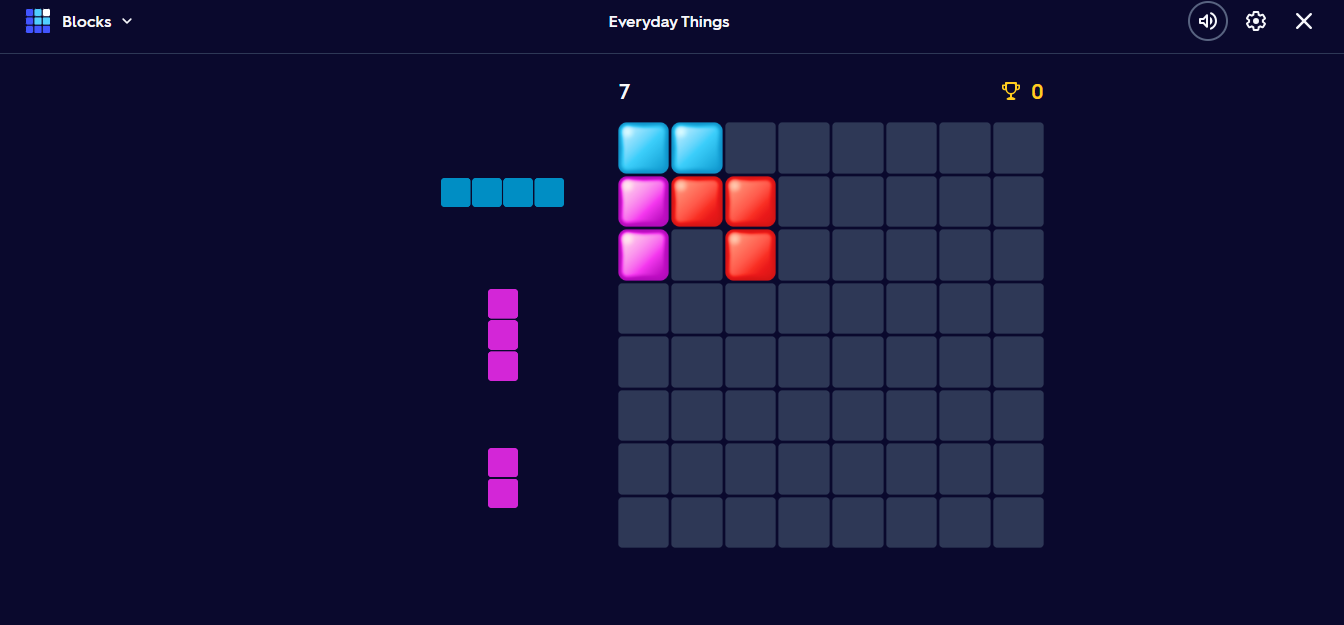
Making It Stick: From Games to Real-Life Application
One real concern of gamification is that students may not connect playful activities with more formal tasks, like tests or academic writing. To fix that, here are a few ideas:
- Debrief after games: Ask students why an answer was correct or incorrect. Use these moments to reinforce grammar rules or word usage.
- Use Quizlet before and after a lesson: Start with a quick “Match” game to introduce the topic, then return to the same content later to test recall.
- Build test-like items: Create Quizlet sets that mimic question types from actual exams, like multiple choice, sentence completions, or definitions.
- Reflect: After a Quizlet Live session, the students can write a few sentences using new vocabulary words or structures they reviewed.
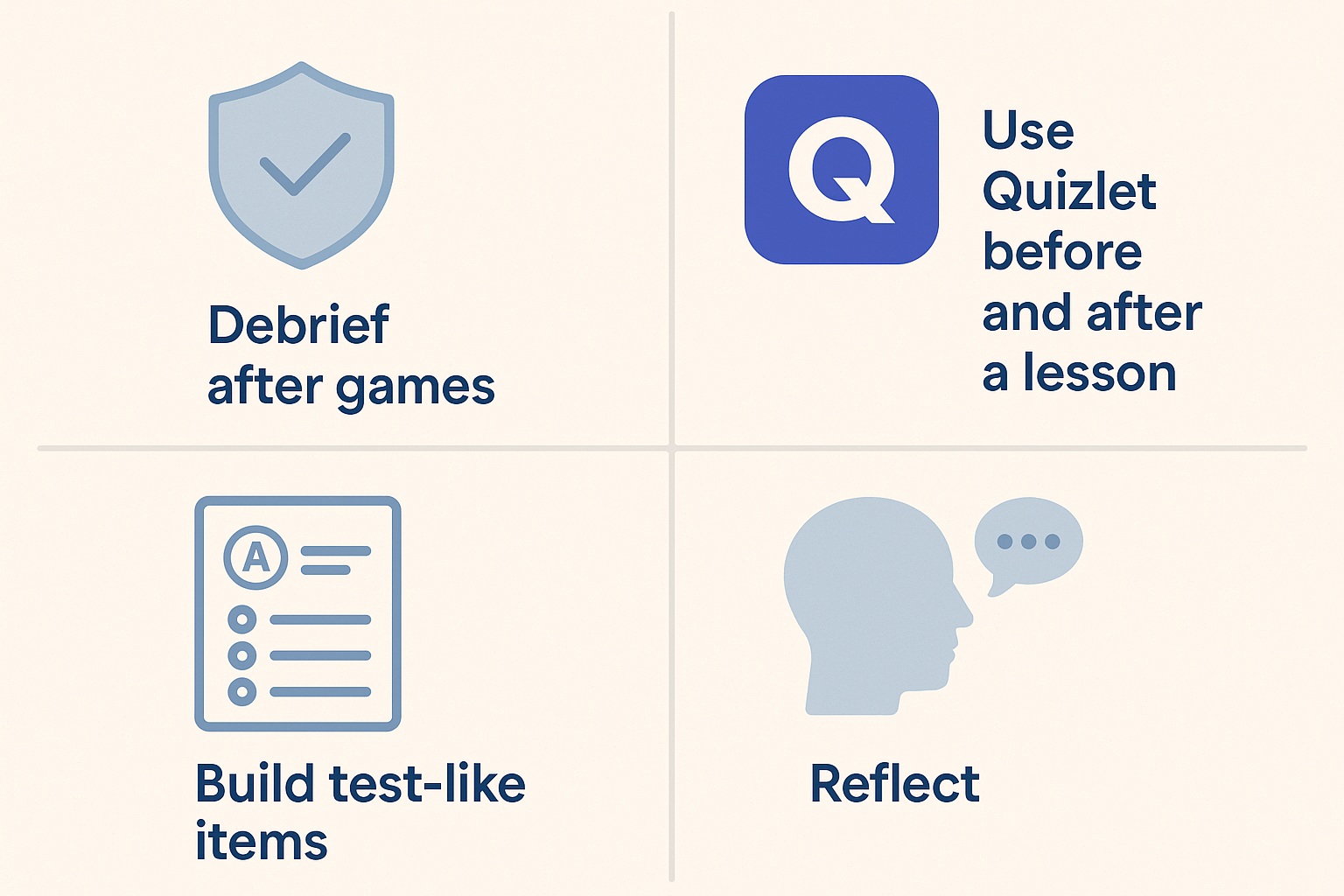
How To Get Started with Quizlet Without Losing Your Mind.
Using Quizlet is not rocket science. You have to go to https://quizlet.com/ and if you have a Google account, you can login with one click, no need to sign up. Once you’re in, you can try this simple routine:
- Choose a topic: 10 irregular verbs or vocabulary from a reading.
- Create or search for a Quizlet set (many are public and editable)
- Use “Learn” mode as homework or warm-up
- Play “Quizlet Live” in class. It can be solo or in teams
Follow up with a quick written or oral activity using the same content.
It’s fast to set up, and once students are familiar with the format, and I am sure they will ask for more.
Quizlet helps bridge the gap between fun and function. It’s a simple tool with big potential. Just remember: The game is not the goal. Learning is. Gamification works best when we guide students to make connections, reflect, and apply what they have learned.
So, are you ready to gamify your class?
Recommended3 dieron "Me gusta"Publicado en Educación, Idiomas, Metodología pedagógica


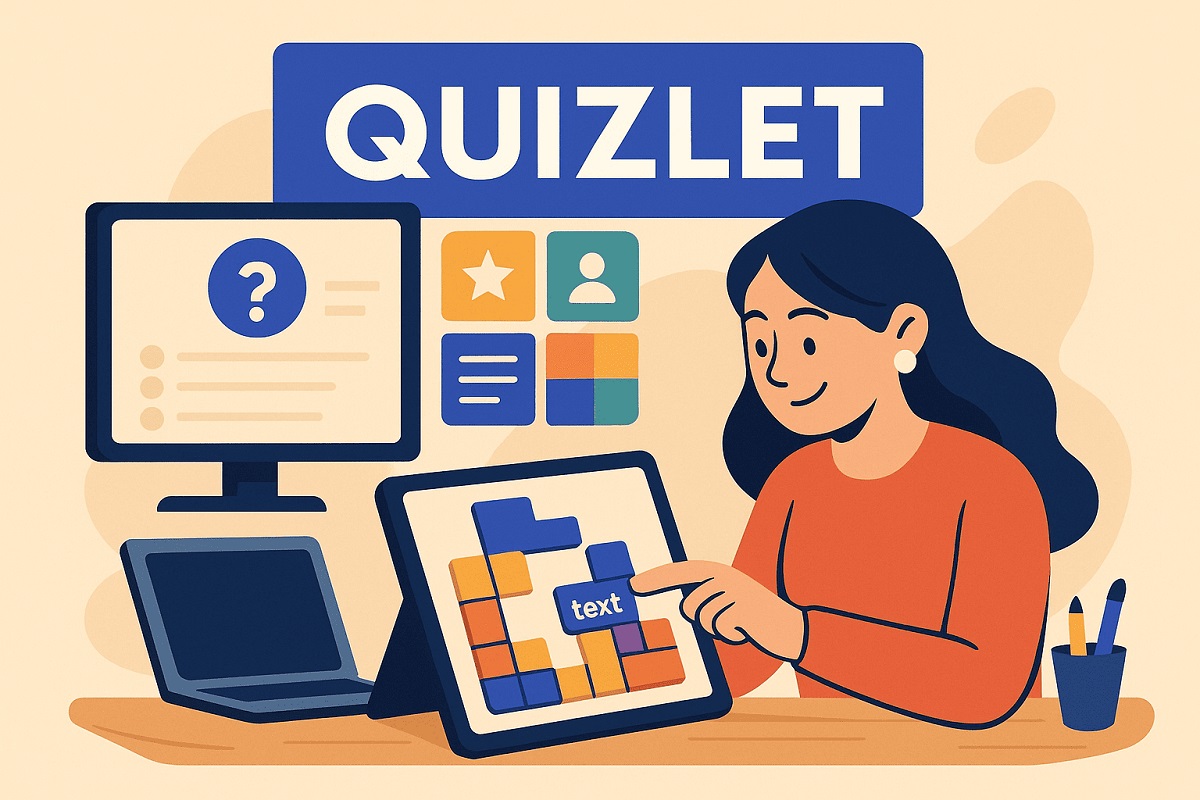

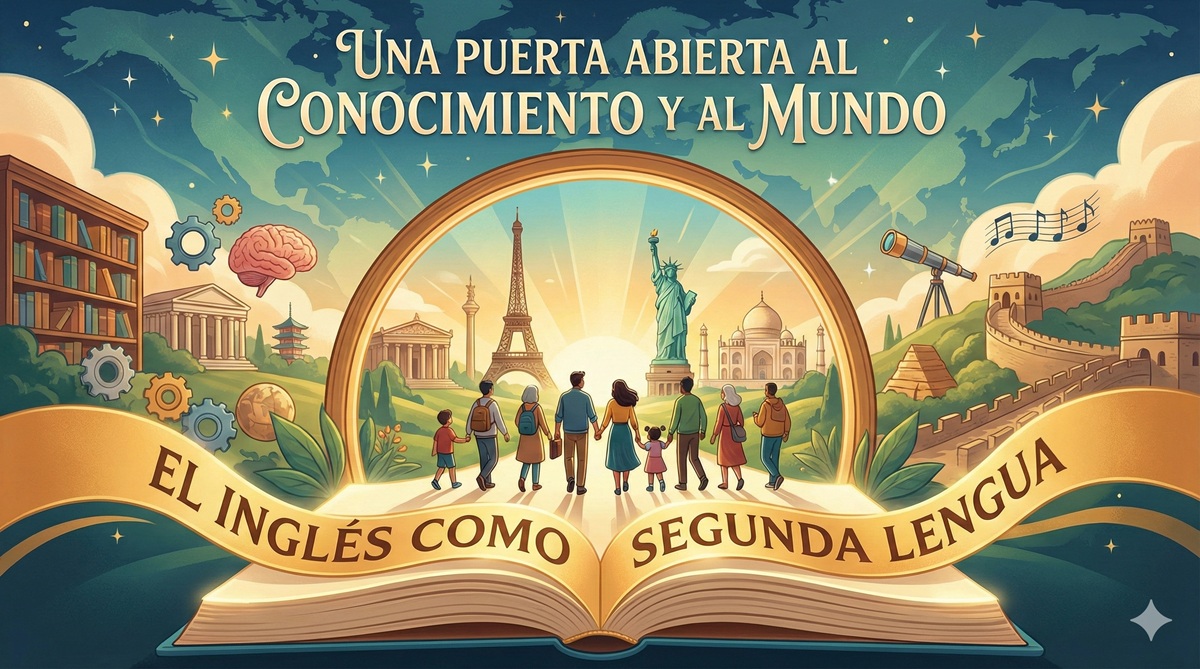

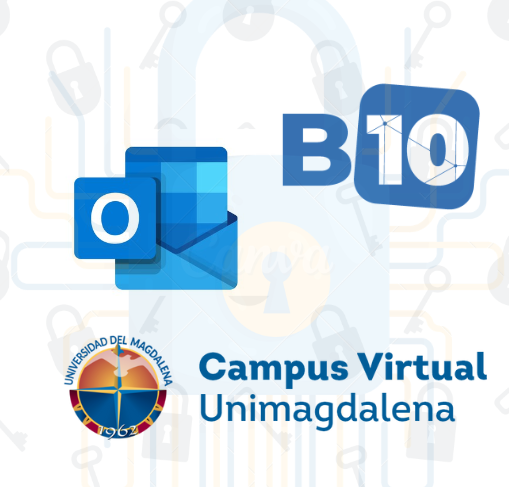
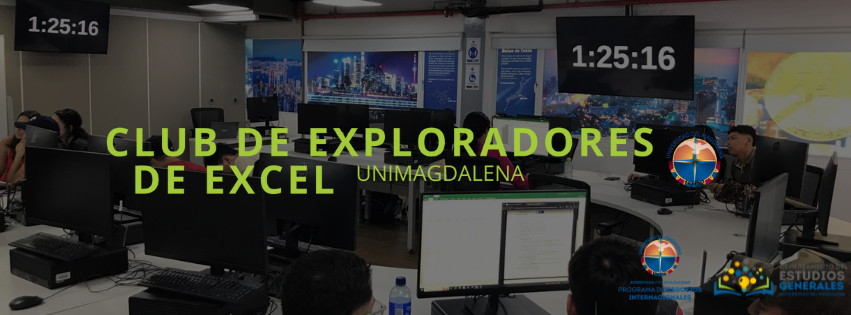

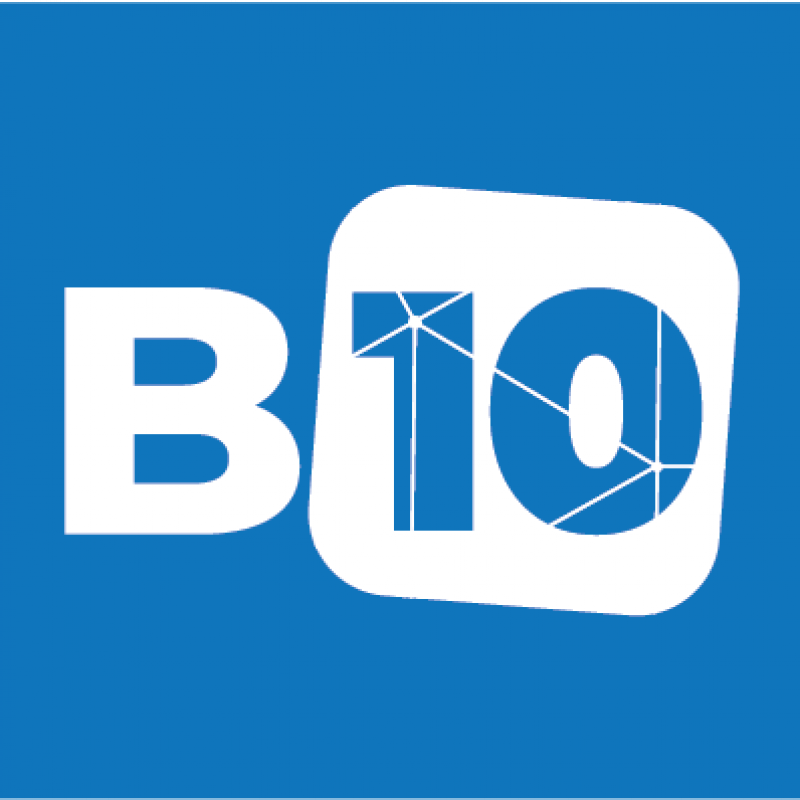

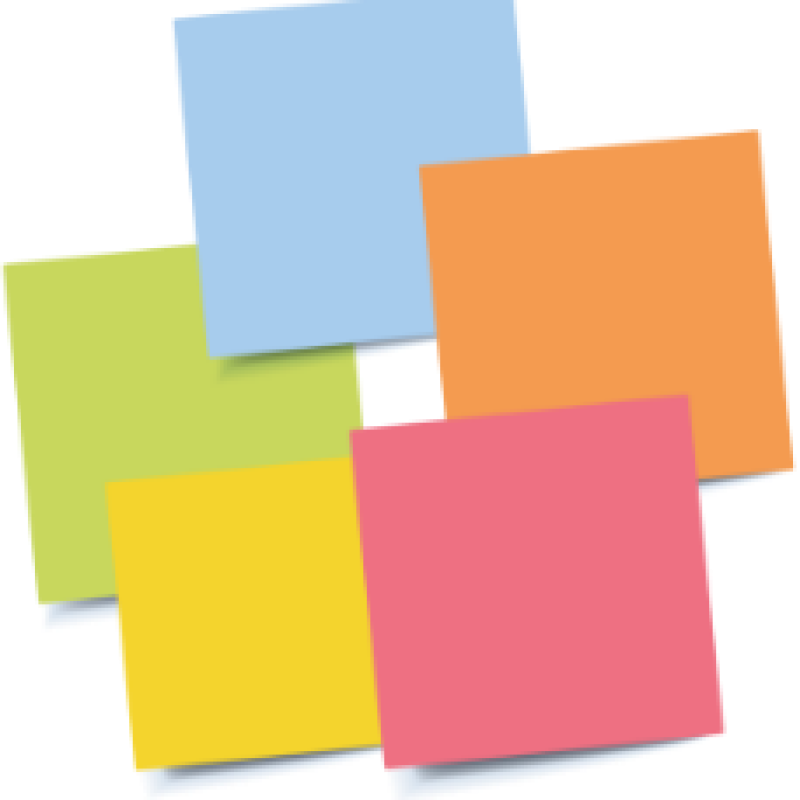
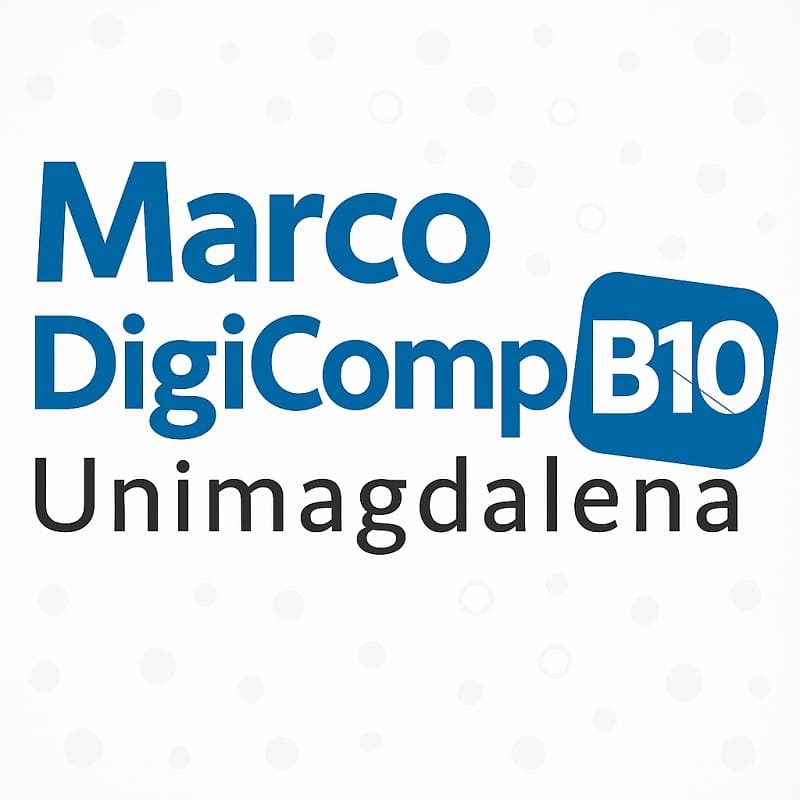

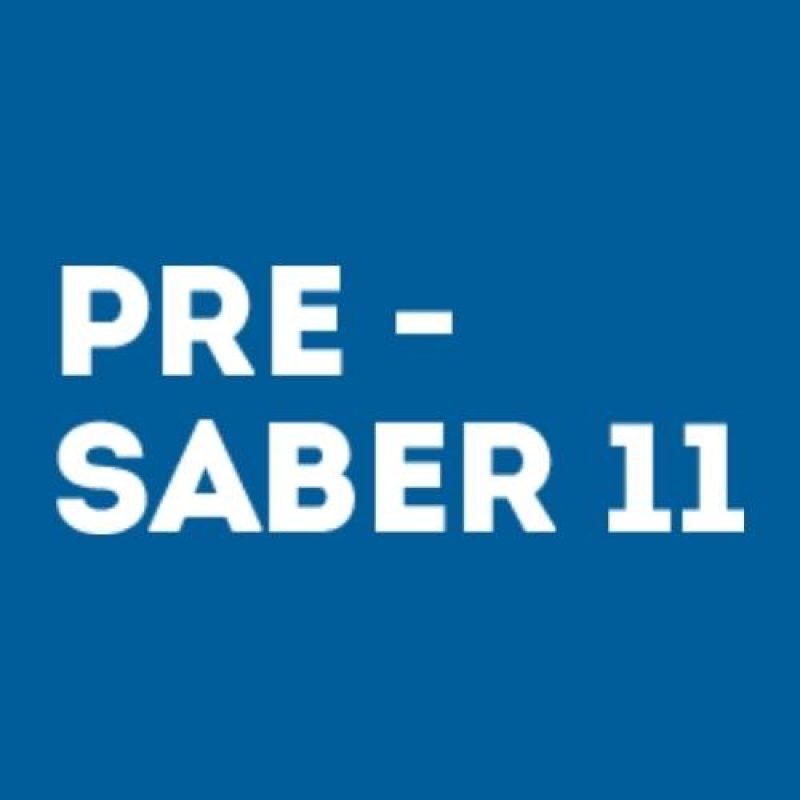
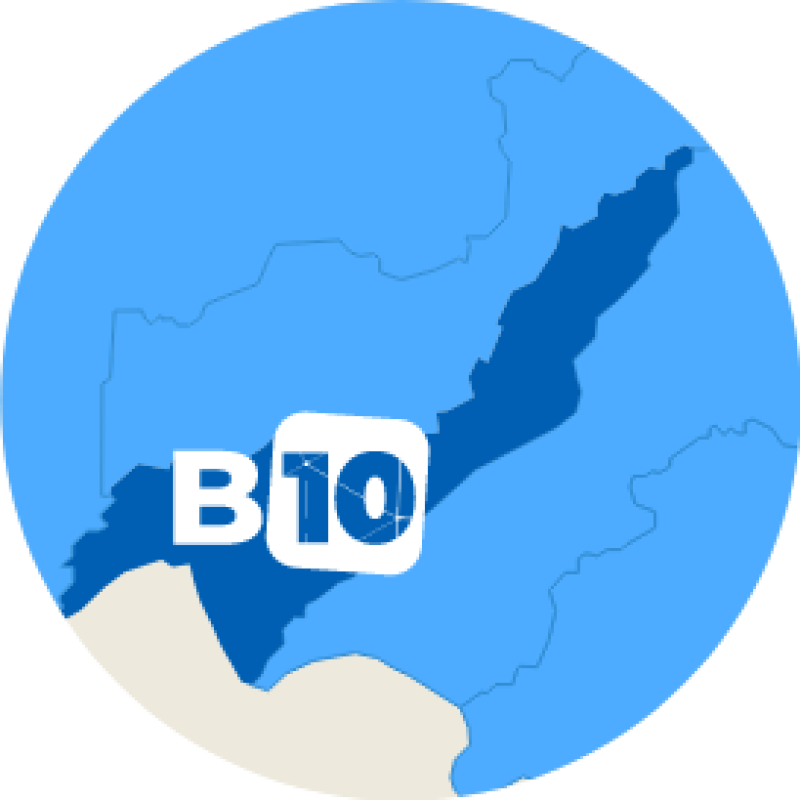
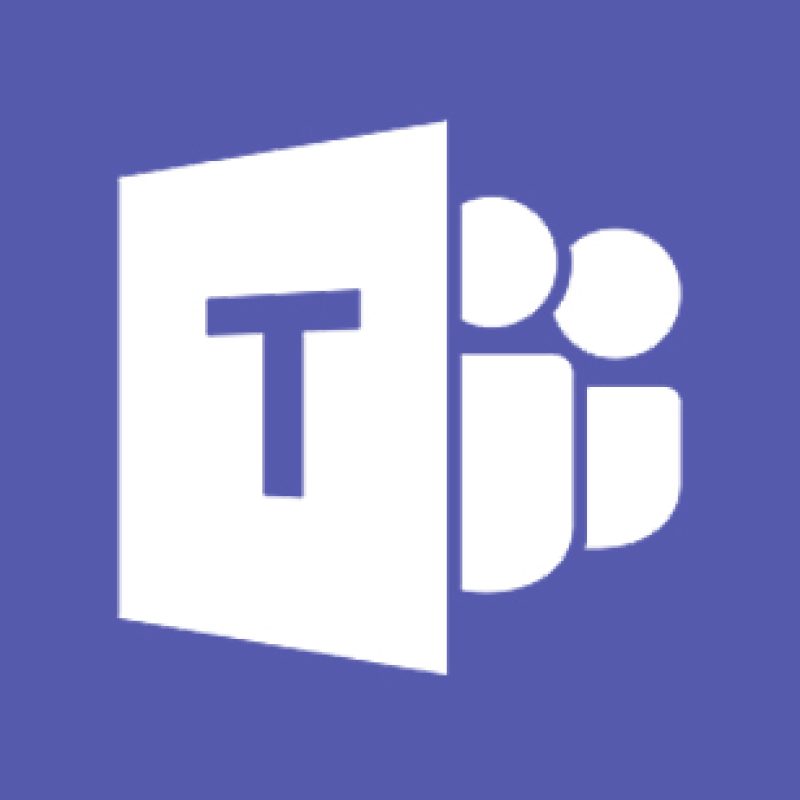

Comentarios